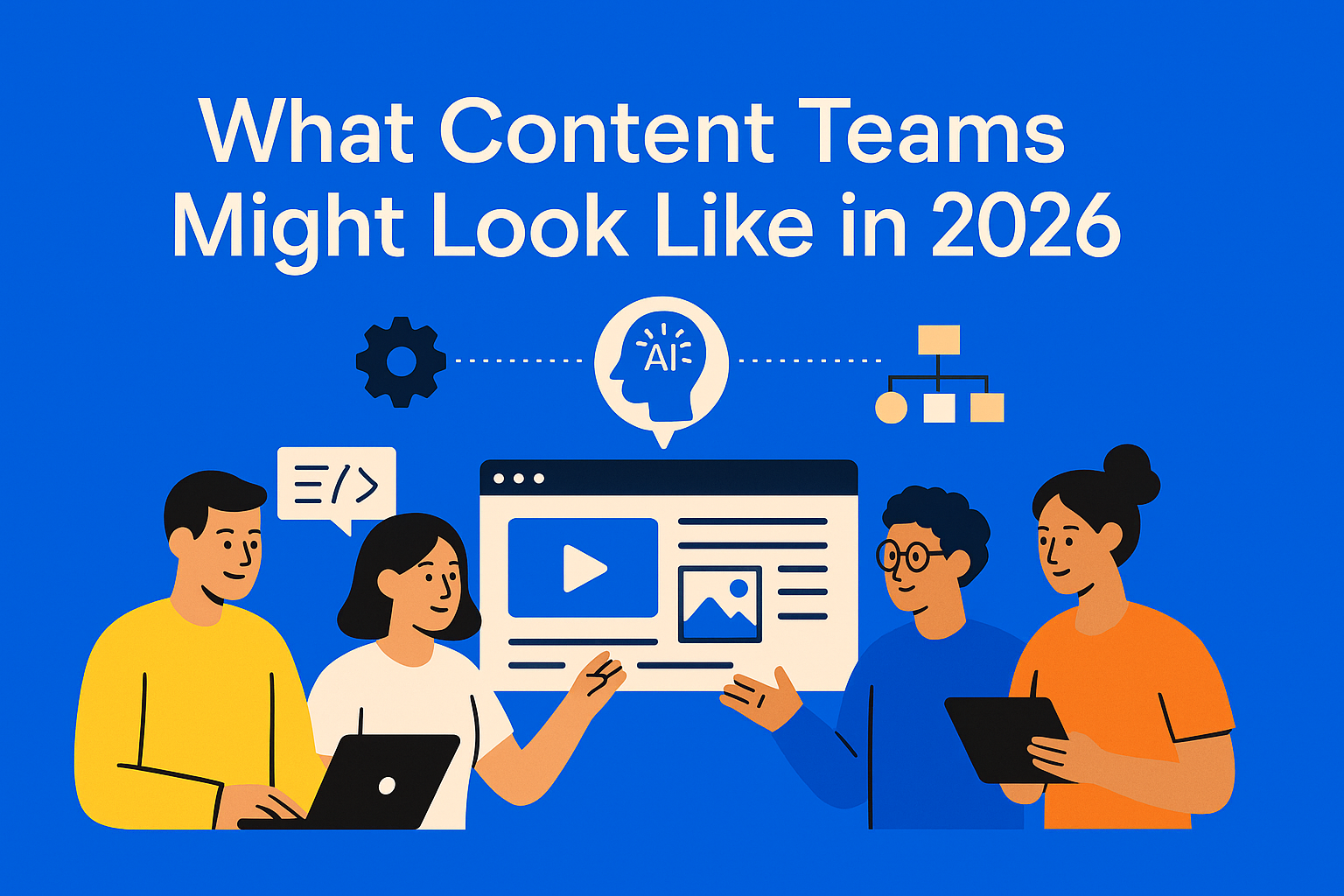How to Train Custom GPTs to Match Your Brand Voice in 2026
Learn how to train Custom GPTs to reflect your brand’s tone, style, and values. Discover simple steps to teach AI to write like your brand, build trust, and create consistent, authentic communication that resonates with your audience.

Most companies today use artificial intelligence to communicate with customers, write blogs, respond to emails, and create content. But how do you make AI sound like your brand?
People immediately notice when AI text feels generic. The brand loses authenticity, and the audience loses trust. That’s where AI tools come in, you can train them to speak and write in a way that fits your brand. When prepared the right way, they can become your company’s best ambassadors.
Key Takeaways
- AI can reflect your brand’s unique personality - with the right data and tone definition, GPT models can write and speak like your team.
- Clean, consistent training data is essential - remove irrelevant or messy text so the AI clearly learns your real brand style.
- Testing and fine-tuning shape the voice - compare AI-generated texts with your originals and iterate until the tone feels authentic.
- Future tools will simplify brand alignment - tone detectors, consistency checkers, and CRM integrations will automate brand voice control.
- Personalized AI branding is the next big shift - by 2026, Custom GPTs will act as digital brand avatars, communicating naturally and emotionally.
What does “brand voice” really mean?
Your brand voice isn’t just how you write. It’s the mix of style, emotion, and words that represent your brand. For example, Apple writes in a simple and confident tone, while IKEA sounds warm and friendly. When your AI understands that voice, it can create texts that perfectly match your brand.
Custom GPT models make it possible to train AI to recognize and use phrases, sentence structures, and the energy that define your brand.
How Custom GPT training works
For your Custom GPT to truly sound like your brand, you need to teach it how to recognize the tone and style you use. Training happens in a few steps:
- Collect material - Use the content your brand has already published: blog posts, emails, product descriptions, social media posts. You can also create a single document describing your brand, what it does, what services it provides, your target audience, and the overall tone of communication.
- Clean the data - Remove everything that’s not useful. Delete links, duplicates, irrelevant parts of text, or anything that doesn’t represent your brand correctly. The cleaner the text, the better the AI will understand your style.
- Train the model - Once the data is ready, the AI uses it to learn how your brand speaks and writes. It studies examples and gradually learns to use the same words, tone, and style you do.
Training GPT models is becoming more accessible even for small businesses, and by 2026, it’s expected to reach an even higher level as AI tools continue to evolve. You no longer need to be a programmer to give your AI a unique voice.
How to make your AI truly sound like your brand
Step 1: Define your brand voice
Start by describing what your brand is like. Do you want it to sound warm and friendly or more serious and professional? Does your brand use humor, emotion, or a simple, straightforward tone? Create a short document with a few example sentences that best represent your style.
Step 2: Prepare your training material
Use existing texts, articles, ads, product descriptions, newsletters. The more examples, the better. AI learns from real-world examples and recognizes repeating patterns.
Step 3: Test and adjust
After training, ask your GPT to write a few sample texts. Compare them with your real brand content. If something feels off, adjust your dataset and test again.
Advanced tools and techniques (Predictions for 2026)
Soon, new technologies could make the Custom GPT training process even easier:
- AI Tone Detectors - tools that analyze text and detect if the tone matches the brand.
- Brand Consistency Checkers - systems that check how consistent your content is across different channels.
- Marketing tool integrations - GPT models will be able to connect directly with CRM systems, newsletter platforms, or automation tools.
It’s important to note that these are predictions based on current AI development trends.
Common mistakes to avoid
- Too much unorganized data - More information isn’t always better. If the AI learns from unfiltered sources, it can lose focus and mix tones.
- Ignoring copyright rules - Only use content your brand owns or has permission to use.
- Making AI sound robotic - An overly strict tone can feel cold. Keep the voice natural and human.
- Skipping testing - Always check results. AI isn’t perfect, and learning takes time.
When you avoid these mistakes, your Custom GPT model becomes a reliable tool that works in line with your brand strategy and values.
The future of personalized AI branding
In 2026, AI branding is likely to become even more common. It won’t just be about AI writing texts but about writing as your brand. Companies are already starting to develop so-called “brand avatars”, digital representatives that can talk, write, and reply to messages just like a real team member.
As GPT models evolve, AI will be able to adapt not only to language but also to user emotions. If the AI detects that a user is frustrated, it will respond calmly; if the user is excited, it will answer with enthusiasm. That’s the future of personalized communication.
Conclusion
Creating a Custom GPT that carries your brand’s voice is no longer a luxury, it’s a necessity. As AI takes on a bigger role in content creation, it’s important that your model sounds natural and stays true to your brand.
Start simple: define your communication tone, gather your content, and gradually train your GPT model. After a few tries, you’ll notice your AI getting better at understanding and reflecting your brand’s unique style.
If you want your AI to write like your brand, speak like your team, and connect with your audience naturally, now is the perfect time to start training your own Custom GPT.






